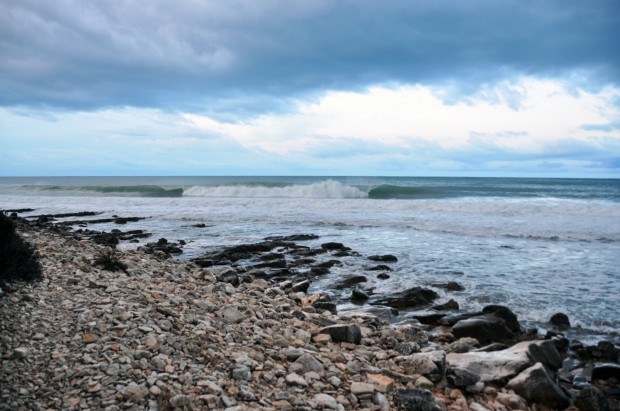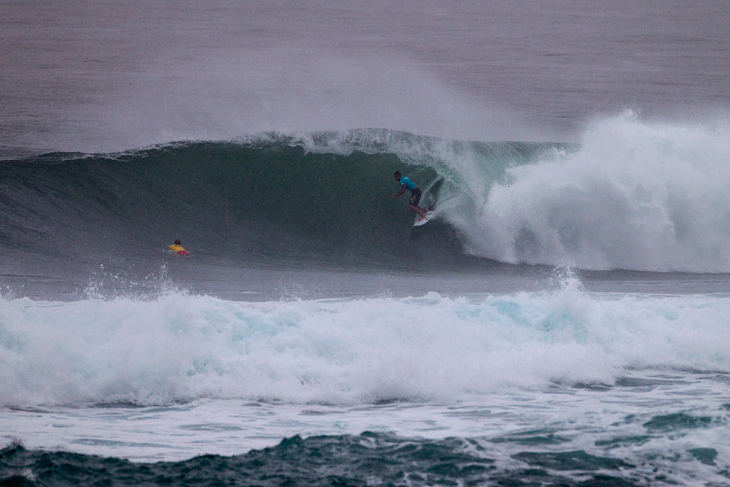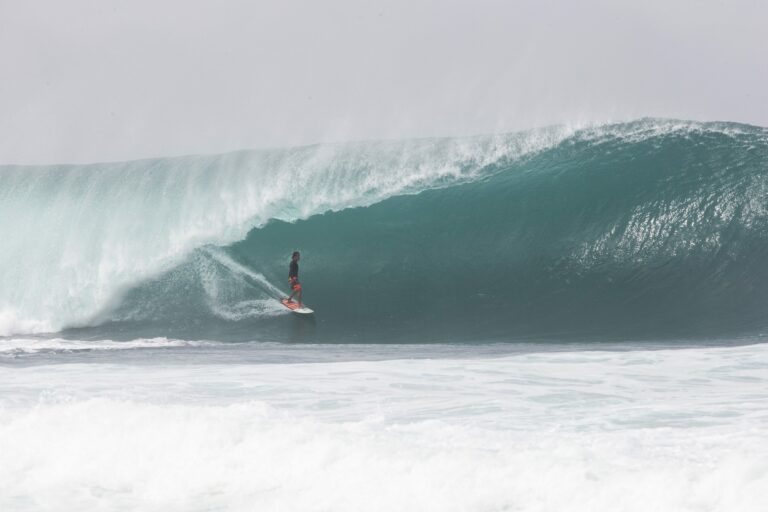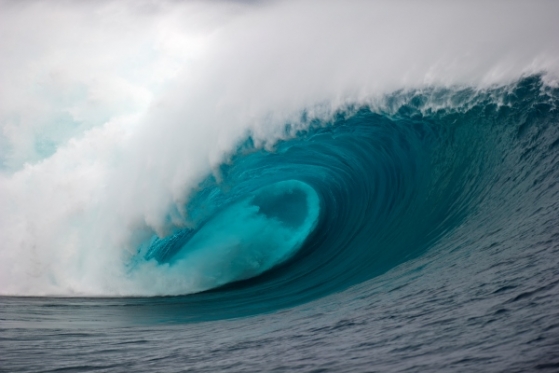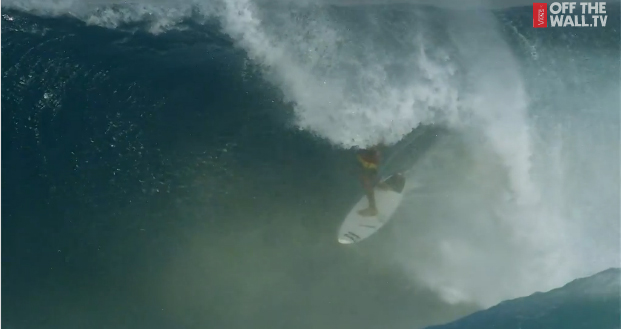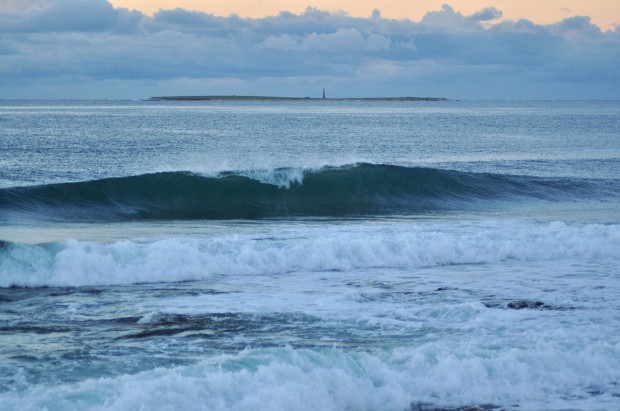
Sure Nazare has had some exposure lately. And we know about Hossegor’s sandbanks, Ireland’s Cliffs and Scotland’s reefs, but what about those surfers doing it tough, and doing it with passion, in Europe’s far, dark and cold corners? Don’t they deserve some love? Some sweet attention? We say yes, and so when Mihael Mahkovic contacted us with his photos and stories of surfing the Adriatic Sea in Slovenia, we were all ears. Sure there is no thumping tubes, or XXL wipeouts, but there is a committed core of Slovenian surfers dedicating their lives to catching waves. No easy task as Mihael explains below, but worthy of their time, and hopefully of yours.
As funny as that sounds there is a strong surfing scene developing in countries without regular waves. Sometimes even in countries without ocean or a sea coastline. Slovenia is a small country in Europe in which a surfing culture first started to develop around year 2000 with the development of overseas surf clubs like Club Ujusansa in Anglet. Slovenian people started to get familiar with the sport and the number of people who surf regularly started to grow. Ujusansa surf club has organizes summer surf camps for the last 13 years while two new surf clubs appeared, Manawai in Fuerteventura and Surf club Tribu in Morroco and Portugal. Those three clubs are the main supporters of surfing scene in Slovenia, organizing surfing related events throughout the year.
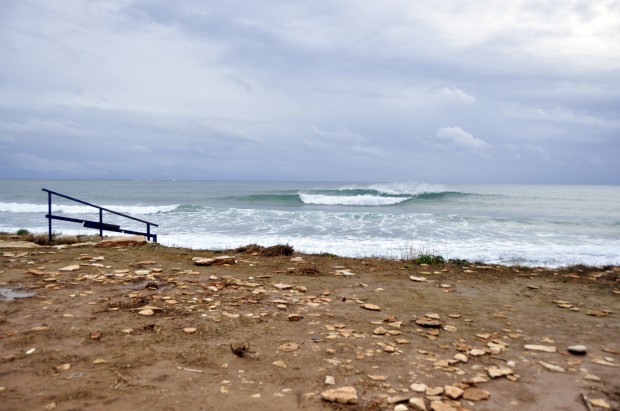
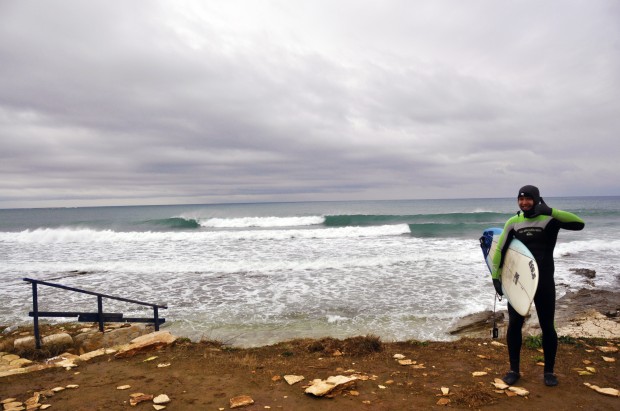
However with the addiction with waves came the thirst to surf waves on a regular basis even when in Slovenia. Slovenia does have a coastline, but the Adriatic Sea is such a small pond it’s waves are dependent on the strong local wind which creates them. The research started early though and now with the pretty exact forecasts of wind and waves you can see as many as 80 people in the water at the most popular spots. On Slovenia coastline there are a couple spots, but to be honest they are all pretty bad. I wouldn’t book your next surf trip here.
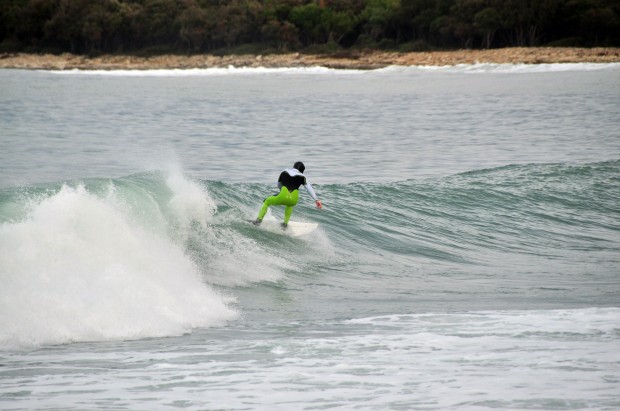
In fact the most popular and regularly surfed waves by Slovenians is actually done in Croatia. The waves are usually created by the strong south winds which prevail during the autumn, winter and spring season. The water gets cold during the winter but even in the lowest temperatures you can see people in the water on a good day. The goal is to catch waves but without the strong onshore wind which creates them. Which makes a difficult task of getting to the waves when the wind stops and the waves are still coming (which may be for some 4-6 hours after the change in the wind). Together with the fact we have to drive around 200 km in one direction you can understand that in Slovenia if you want to surf regularlyyou have to put in a lot of effort. However in (most cases) the effort is all worth it.
